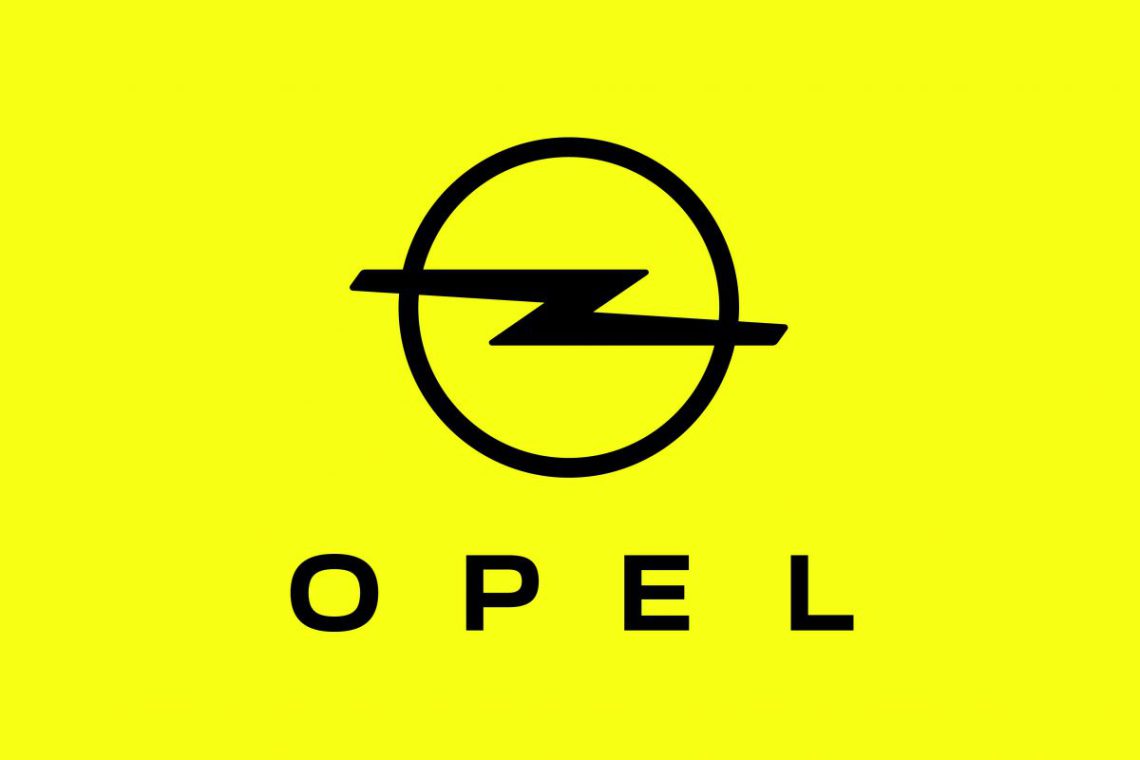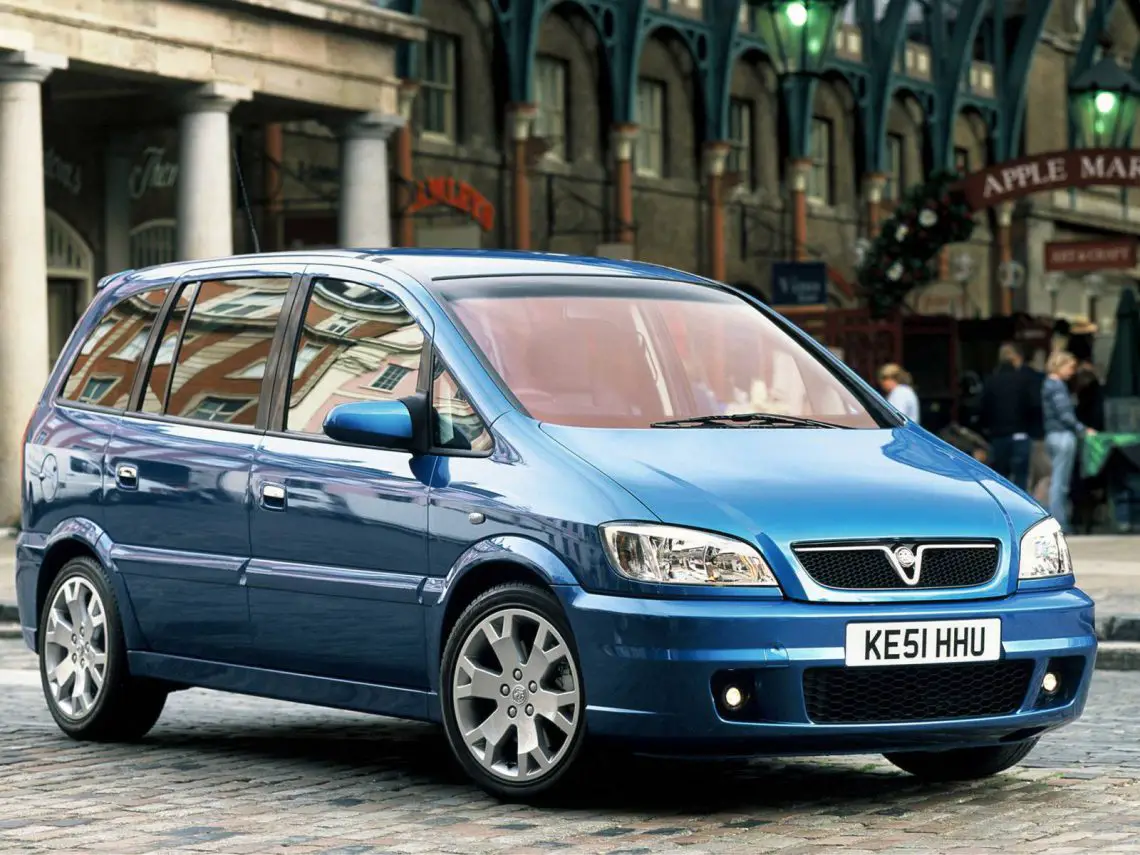Why Vauxhall in England is (still) called Vauxhall
Blitz
Many car fans can draw the Opel logo blind. It is simple: a circle with a lightning bolt in the middle that lies on its side. In 1964, the lightning bolt – better known as the Blitz – became the official Opel emblem. In 2017, when French PSA acquired the German manufacturer, the logo became a black lightning bolt on a white background. Meanwhile, Opel is part of Stellantis and its logo has turned yellow, a reference to electrification.

Vauxhall
In the United Kingdom, Vauxhall models do not have a Blitz emblem on their nose. They are not even Opels anymore. As soon as they cross the Channel they are suddenly called Vauxhall and there is a Vauxhall emblem on the hood. But other than that, there are no changes. A Vauxhall Astra, Corsa, Crossland or Grandland are almost identical to the models that drive around the mainland with an Opel logo. What’s up with that?

Opel and Vauxhall
Vauxhall was founded in 1857 by Alexander Wilson. The company built marine engines. At the turn of the century, management decided to switch to producing cars. In 1903, the first model came on the market: an open four-seater car with a single-cylinder engine. In 1908, the 20 HP entered the market. This car won a reliability run of more than 3,200 kilometers and was also the first car to go faster than 160 km/h on the Brooklands circuit. Business was good, and in 1925 the management agreed to a takeover proposal from American General Motors. Four years later, Opel also came into GM’s hands.

But then…
After World War II, Vauxhall fared poorly. Build quality deteriorated and strikes in the 1960s and 1970s put Vauxhall in an awkward position. Opel and Vauxhall had little to do with each other until the 1960s, other than being under the umbrella of the same parent company. But then cooperation between the two begins to intensify. With the economic boom in West Germany, business was better than ever for Opel. General Motors therefore decided to use Opel designs for Vauxhall’s models in order to secure the future of the British company. The last British Vauxhall was built in 1972.

Badge engineering
GM’s choice is a typical example of Badge engineering. This is an English term for marketing the same product under different brand names. In 1963, for example, Vauxhall introduced the Vauxhall Viva, an Opel Kadett with a Vauxhall logo on its nose. The car rolled off the assembly line at a new factory in Ellesmere Port, southeast of Liverpool. This was followed in 1975 by the launch of the Vauxhall Firenza, which is basically an Opel Manta.

Competition
From then on, Vauxhall models were sold only in Britain and other British Commonwealth countries, to avoid competition with Opel. Since then, all these Opel models have also been marketed as Vauxhall: Adam, Ampera, Corsa, Astra, Meriva, Zafira, Viva, Antara, Crossland, Grandland, Insignia, Combo, Vivaro and Mokka.

Great success
Almost every Briton with a Vauxhall knows heck of a Vauxhall, yet that is no reason to disband the Vauxhall brand. The brand is doing very well at home, so why would they want to change anything? In 2022, for example, the Vauxhall Corsa was the second best-selling car in the country. So nothing more to do.
Also read:

